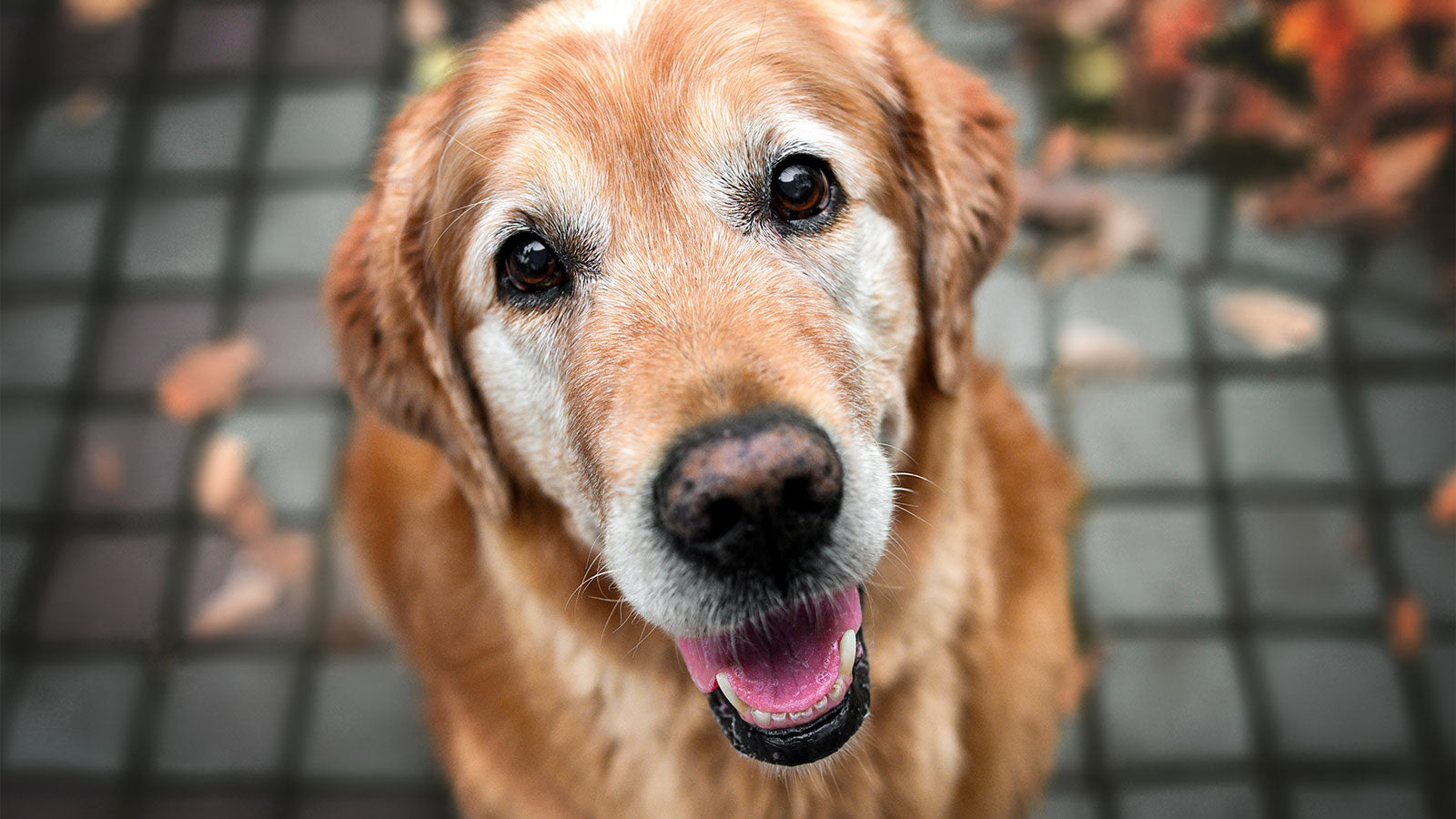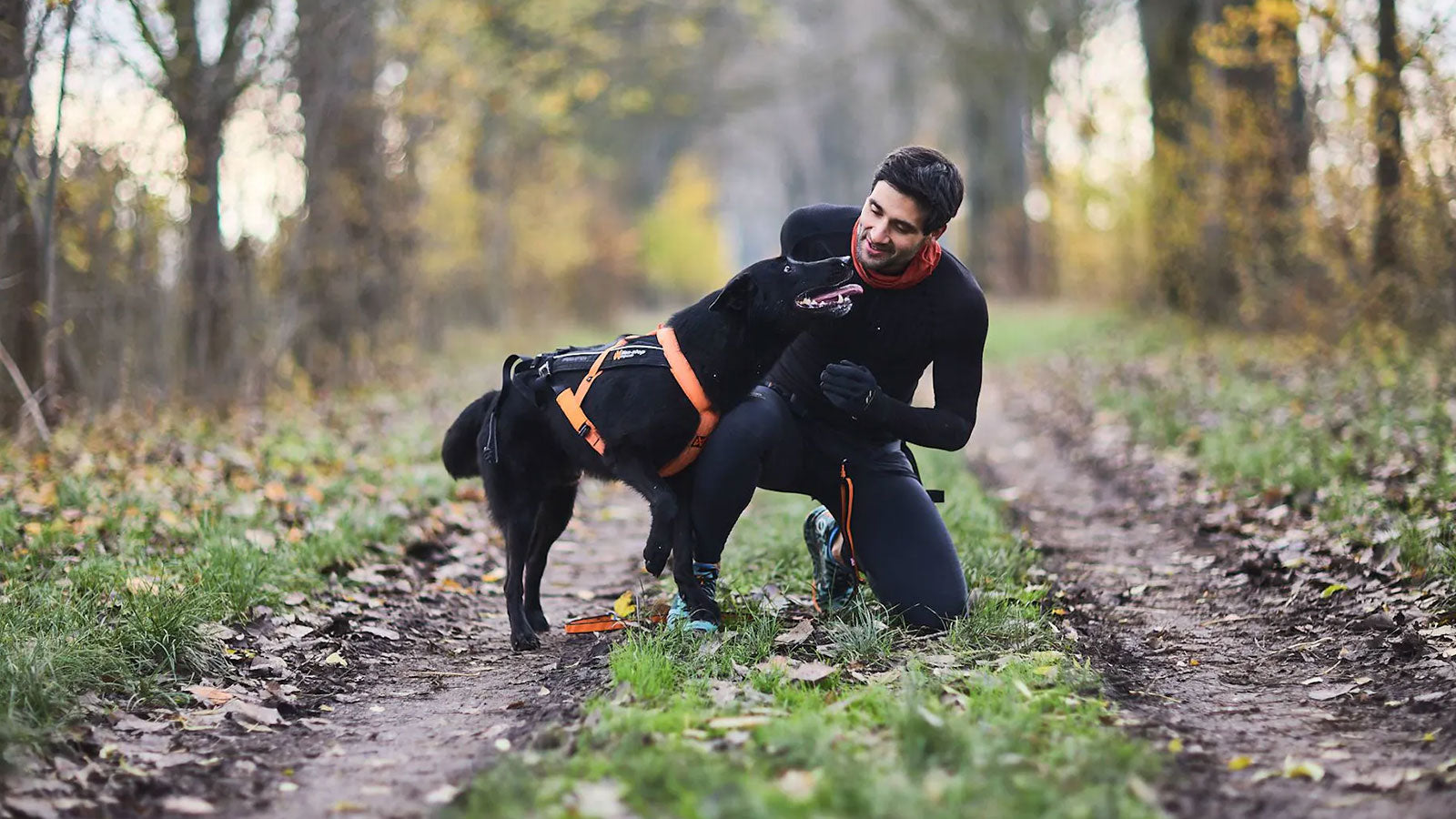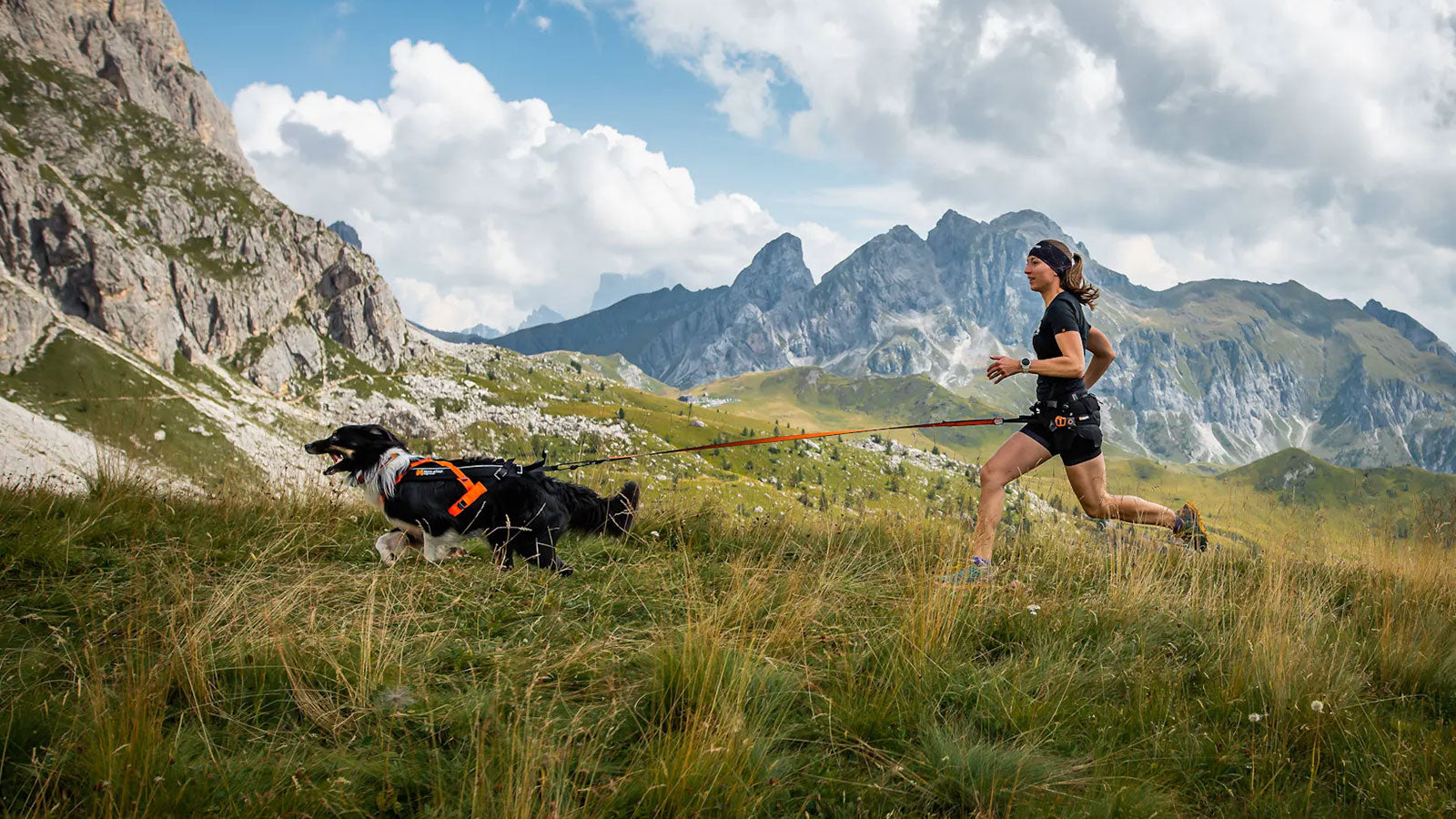As our furry companions age, their nutritional needs change significantly. Many pet owners wonder if it's too late to switch their senior dog to a raw diet. The answer is a resounding "no." In fact, transitioning your senior dog to a raw diet can offer numerous health benefits, potentially preventing or alleviating common age-related conditions.
As dogs age, their dietary needs change, and one of the best ways to ensure they remain healthy and vibrant in their golden years is by switching them to a raw diet. While this might seem like a drastic change, especially if your dog has been on kibble for most of their life, the benefits can be significant. In this article, we'll explore why a raw diet can be beneficial for older dogs, how to make the transition safely, and what you need to consider to ensure your dog's nutritional needs are met.
Why Consider a Raw Diet for Your Senior Dog?
A raw diet mimics what dogs would naturally eat in the wild. It typically consists of raw meats, bones, organs, and sometimes fruits and vegetables. This type of diet can offer several benefits, particularly for older dogs who may be experiencing age-related health issues. Here’s why a raw diet might be beneficial for your older dog:
- Improved Digestion: As dogs age, their digestive systems can become less efficient. A raw diet is easier for dogs to digest, helping to alleviate issues such as bloating, gas, and constipation.
- Better Skin and Coat Health: The high-quality proteins and fats in a raw diet can lead to a shinier coat and healthier skin. This can be particularly beneficial for older dogs who may suffer from dry, itchy skin.
- Increased Energy Levels: A raw diet can provide your dog with more natural energy, helping them stay active and alert even as they age.
- Reduced Inflammation: Many commercial dog foods contain fillers and grains that can cause inflammation. A raw diet, free from these ingredients, can help reduce inflammation and manage conditions such as arthritis.
- Improved Dental Health: Chewing on raw bones can help keep your dog's teeth clean and reduce the risk of dental disease, which is common in older dogs.
Potential Challenges and Considerations
While a raw diet offers many benefits, it’s important to approach the transition carefully, especially with older dogs. Here are some challenges to keep in mind:
- Nutritional Balance: Ensuring that your dog gets a well-balanced diet is essential. Raw diets require careful planning to ensure they contain the right proportions of protein, fat, vitamins, and minerals.
- Food Safety: Raw meat can carry bacteria like Salmonella and E. coli, which can pose a risk to both your dog and your family. Proper handling and sourcing of ingredients are critical.
- Cost: Raw diets can be more expensive than commercial kibble, particularly if you opt for high-quality, organic ingredients.
- Veterinary Support: Not all veterinarians are supportive of raw diets, and it’s essential to have a vet who understands and can guide you through the process.
Steps to Transition Your Senior Dog to a Raw Diet
If you’ve weighed the pros and cons and decided to move forward with a raw diet for your senior dog, the next step is to plan the transition. Switching your dog to a raw diet should be done gradually to avoid any digestive upset. Here’s a step-by-step guide to making the transition:
Step 1: Start with Gut Health
The first step in transitioning to a raw diet is to prepare your dog’s digestive system. Start by introducing a high-quality probiotic to their current food. This will help establish healthy gut flora, making the transition smoother and reducing the risk of diarrhea, which is a common concern during dietary changes.
When choosing a probiotic, opt for one with a variety of species of good bacteria and yeast. Begin with a small amount and gradually increase it. If loose stools develop, reduce the amount temporarily and continue the process slowly.
Step 2: Gradual Transition to Raw Food
Once your dog’s gut health is in check, you can start introducing raw food. Begin by mixing a small portion of the raw diet into their current food. Gradually increase the raw food portion while decreasing the kibble or canned food. Monitor your dog’s stool to ensure they are adjusting well to the new diet.
It's crucial to use a balanced raw diet, either commercially prepared or a well-researched homemade recipe. If you’re new to raw feeding, starting with a commercial product is advisable. Ensure you consider your budget, time, and your dog's specific health needs.
Step 3: Ensure Nutritional Balance
A raw diet can be very beneficial, but it’s important to ensure that it is nutritionally balanced. This means providing a variety of meats, organs, and bones, as well as considering the inclusion of some fruits and vegetables. Supplements may also be necessary to ensure your dog is getting all the vitamins and minerals they need.
Adding blended or lightly steamed vegetables to your dog’s raw diet can provide essential nutrients and fiber. Vegetables like green beans, kale, and broccoli are excellent choices. They are low in calories and high in antioxidants, making them ideal for managing conditions like diabetes, cancer, and liver disease.
Be mindful of the type and amount of vegetables you include, as not all are suitable for every condition. For example, green beans are great for diabetes, while cruciferous vegetables like broccoli are beneficial for liver support.
Step 4: Monitor and Adjust
Once your dog is fully transitioned to a raw diet, continue to monitor their health and adjust their diet as needed. Consider factors like the temperature of the food, as cold food can be hard on a senior dog's digestive system. Adding a little warm water to the food can make it more palatable and easier to digest.
Also, pay attention to the texture of the food. Some dogs, especially smaller breeds, may prefer ground meats over chunks. Experiment with different brands and preparations to find what works best for your dog.
Sample Raw Diet Plan for Older Dogs
Creating a balanced raw diet plan for your older dog involves incorporating a variety of meats, bones, and organs. Below is a sample plan to give you an idea of how to structure your dog’s meals:
| Meal Component | Example Foods | Percentage of Diet |
|---|---|---|
| Protein Source | Chicken, Turkey, Beef, Lamb | 60-80% |
| Organ Meats | Liver, Kidney, Heart | 10% |
| Vegetables | Carrots, Spinach, Broccoli | 5-10% |
| Fruits | Apples, Blueberries, Bananas | 5-10% |
| Supplements | Fish Oil, Bone Meal, Probiotics | As needed |
This table provides a general guideline, but the specific needs of your dog may vary based on their size, activity level, and health condition. Adjustments may be necessary to maintain an optimal diet.
Supplements to Consider
In addition to the core components of a raw diet, you may need to consider supplements to ensure your older dog is receiving all the necessary nutrients. Some common supplements include:
- Omega-3 Fatty Acids: Beneficial for reducing inflammation and promoting healthy skin and coat.
- Glucosamine and Chondroitin: Support joint health and mobility, which is especially important for older dogs.
- Probiotics: Aid in digestion and help maintain a healthy gut flora.
- Calcium: Necessary for bone health, especially if your dog isn’t consuming enough raw bones.
Bonus Tips: Additional Support for Common Senior Dog Conditions
Along with a raw diet, certain supplements and foods can further support your senior dog’s health. Here are some recommendations:
- Obesity: Increase meat protein, eliminate starches, and add green fiber for satiety.
- Diabetes: Focus on low-glycemic vegetables and healthy fats to stabilize blood sugar levels.
- Cancer: Include high-antioxidant vegetables, medicinal mushrooms, and colostrum for immune support.
- Arthritis: Omega-3 fatty acids, glucosamine, and green-lipped mussel supplements can ease joint pain.
- Liver Disease: Use cruciferous vegetables and milk thistle to support liver function.
- Kidney Disease: A diet rich in moisture and blended vegetables can help manage kidney disease.
Conclusion: It's Never Too Late
Switching your older dog to a raw diet can be one of the best decisions you make for their health. While it requires careful planning and a commitment to providing a balanced diet, the benefits can be profound. Improved digestion, a healthier coat, increased energy, and better dental health are just a few of the positive outcomes you might observe.
As always, it’s crucial to monitor your dog’s health throughout the transition and consult with a veterinarian to ensure all nutritional needs are being met. With the right approach, your senior dog can thrive on a raw diet, enjoying a higher quality of life in their later years.






Share:
How to Ensure a Balanced Diet
Why Mixing Raw and Dry Food Can Harm Your Pet’s Health